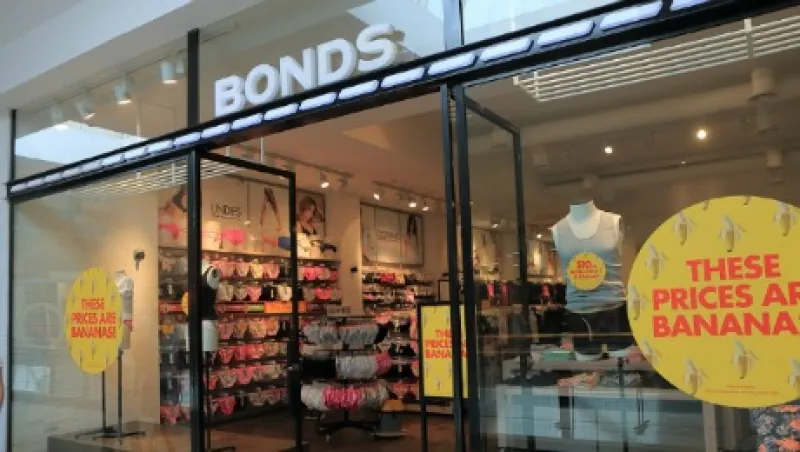While volatility has roiled markets across the globe, investment-grade U.S. corporates have given investors some shelter from the storm. “They have provided a really nice anchor of stable yield,” says Ryan Brist, head of global investment-grade credit at Western Asset Investment Management Co. in Pasadena, California. “It’s a bit of the sun, the moon and the stars,” he adds, that are aligning to favor quality-credit U.S. corporates. Brist points to increasingly negative yields on government bonds in Japan and Germany as a force driving investors to higher U.S. yields. Plus, he says, U.S. corporate-yield spreads over U.S. Treasuries have risen this year to a level roughly 40 basis points higher than what it was for most of last year.
In the pursuit of better yields, international pension funds, which hold a big share of the world’s $7 trillion in negative-yielding government bonds, are seeking out U.S. corporate credits, according to Jeffrey Cucunato, managing director and head of investment-grade credit at BlackRock. “As long as that situation persists, I think there will be underlying demand. There is also an underlying fundamental comfort with the U.S. story.”
It’s not just investors in Japanese and German bonds making the move to U.S. corporates. It’s also cash investors and equity investors, according to Mark Kiesel, chief investment officer of global credit at Newport Beach, California–based Pacific Investment Management Co. Cash investors in Europe and Japan are facing the potential prospect that banks could charge them for deposits, Kiesel says.
On March 10 the European Central Bank set the amount it charges banks to hold cash overnight at -0.4 percent. In January the Bank of Japan introduced negative interest rates. Sweden and Switzerland also have negative rates. So far, banks have been reluctant to charge customers for deposits, except for a few very large depositors. “In any world where there is some inflation, cash is basically a negative-returning asset class,” says Kiesel. If depositors then also have to pay for banks to hold their deposits, it will make matters worse, and cash will lose money even on a nominal basis.
Equity investors, too, are facing a dilemma that might favor quality U.S. credits, “because monetary policy around the world is losing effectiveness at the same time nominal growth rates are slowing,” says Kiesel. That makes equity investing riskier and likely to see lower returns or even losses. Meanwhile high-grade U.S. corporates can offer equity-level 4 percent to 6 percent annual returns with less volatility than equities have, he contends.
Another driver of the trend originates from “a material divergence between some of the major corporate bond markets” that favors U.S. corporates, according Rick Rezek, the New York–based fund manager of U.S. credit for Schroders of London. U.S. investment-grade corporate yields are roughly 140 basis points higher than European yields, Rezek notes. “To be honest, we’ve seen steady flows into the U.S. corporate bond market coming out of the euro zone,” he says.
The contrast is starker in Japan, where investment-grade corporate bonds typically yield less than 25 basis points.
The size of the flows underscores the arguments from U.S. bond fund managers. In the fourth quarter of 2015, there was a net inflow of $12.7 billion from institutional investors into high-grade U.S. corporate bond funds, according to eVestment, a data company based in Marietta, Georgia. A $2.63 billion net inflow from Japan to the U.S. is the largest of any geographical region. Europe is the second largest, with $1.7 billion flowing into the U.S. Latin American ranks third, at $763 million.
A closer look finds that five large funds saw $13.8 billion in net inflows, according to eVestment, leaving the broad market of U.S. corporate bond funds with net outflows. The five are Destra Flaherty & Crumrine Taxable Preferred Securities, Invesco U.S. Corporate Credit Strategy, PIMCO’s Investment Grade Corporate Bond Fund, Vanguard’s Intermediate-Term Investment-Grade Fund and Western Asset Management’s U.S. Investment Grade Credit.
Although PIMCO’s Kiesel thinks that a surge into U.S.-quality corporate credits will be “the big investment trend of 2016,” he notes that if there is a U.S. recession, if oil drops to $15 to $20 per barrel and stays there or if there’s a major geopolitical event, it could upend the trend. Indeed, some investors fear that widening spreads could be signaling a U.S. recession, says Bernie Scozzafava, vice president and portfolio manager at Eaton Vance Investment Managers in Boston. Investors also worry about the fallout of higher interest rates if and when the Federal Reserve raises rates again. Even though the U.S. is probably late in the credit cycle, Scozzafava believes positives currently outweigh negatives for corporates. “Despite those worries, we’re more constructive on the U.S. economy. We tend to view this now as more of an opportunity to add corporates,” he says.






